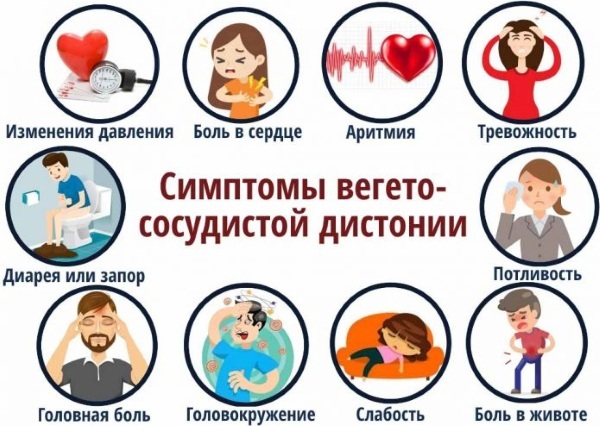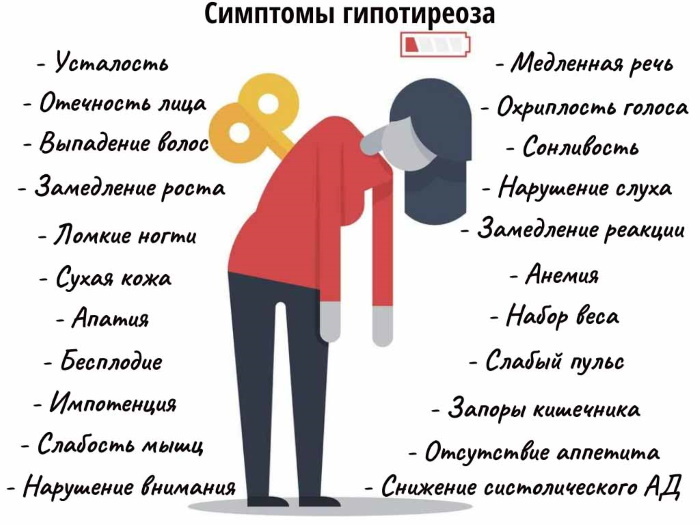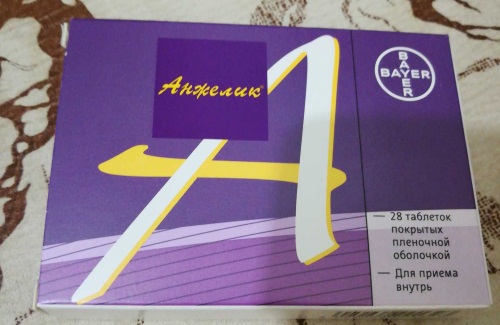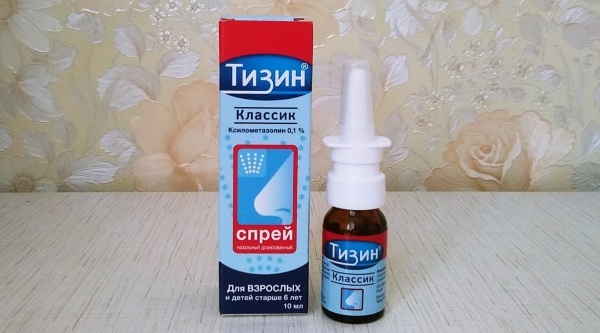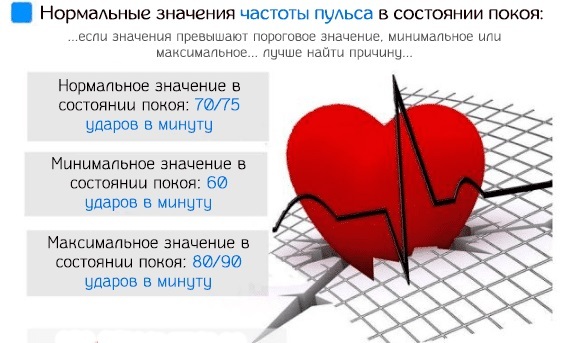Every person is familiar feeling hot or cold. Everyone is used to sweating in a stuffy room or warm clothes. And a person is cold when he is in the cold or when drinking a cool drink. Sometimes both points go together.
That is, a person is thrown into a fever, and then into a cold. The condition can be associated with physiological or pathological causes. To reduce the likelihood of complications, it is necessary to explore ways to treat symptoms in women and men.
Record content:
- 1 Reasons for the appearance
- 2 Possible diseases
- 3 When to see a doctor
-
4 Treatment methods
- 4.1 Medications
- 4.2 Folk methods
- 4.3 Other methods
- 5 Possible complications
- 6 Video about the causes of the cold
Reasons for the appearance
Either hot or cold (symptoms in women and men can be associated with respiratory diseases) is a condition that needs to be looked at. Physiological factors increase the likelihood of symptoms occurring.
The reasons for the appearance of either heat or cold:
- Pregnancy. A woman can be thrown into heat and cold if she is carrying a child. This is due to changes in hormonal levels. During pregnancy, estrogen and progesterone levels rise. Additionally, hot flashes can be associated with changes in the body - the growth of the uterus, increased metabolism and heat transfer.
-
Menopause. The body has a reduced level of estrogen. Hot flashes are a manifestation of hormonal changes in the body.

- Teenage years. The emergence of either heat or cold is associated with changes in the hormonal background.
- Frequent stressful situations. If a person has apathy, depression, anxiety, the appearance of either heat or cold is not excluded.
- Hypothermia. Either heat or cold can appear if a person is in a stuffy room and went out into the cold.
- Menstruation. A change in the amount of hormones occurs with the onset of menstruation. Additionally, some women feel hot and cold a few days before their period.
- Heredity. If the symptoms of heat and cold were in the next of kin, there is a possibility of their inheritance.
- Overwork. With physical and mental exhaustion, heat may occur, and then cold. According to British statistics, 2/3 of people have chronic fatigue syndrome.
- Alcohol abuse. If you drink alcohol regularly, your hormone levels change. Alcoholic drinks have a negative effect on the entire body.
- Taking certain medications. Either heat or cold are symptoms that may be associated with the use of medications. For example, vasodilators, antidepressants.
Possible diseases
Either hot or cold (symptoms in women may indicate a disease) - a condition that needs attention. The appearance of signs in connection with pathology is allowed. The table lists common diseases and their symptoms.
| Name | Description |
| Vegeto-vascular dystonia (VVD) | ANS disorder. Dystonia is not an independent diagnosis, but a consequence of existing disorders. For example, diseases of the heart, nervous system. With dystonia, there is an involuntary expansion and narrowing of blood vessels. VSD symptoms:
Additional symptoms of VSD depend on the type of condition: 1. Cardiovascular dystonia. The species has an additional classification. There is a cardiac form, in which a person feels shortage of air, increased heartbeat, pain in the heart. Additionally, the pulse quickens. Hypotensive VSD is characterized by migraine attacks, a decrease in blood pressure (less than 120/90 mm Hg), and pallor of the skin. With hypertensive dystonia, pain in the head occurs, and blood pressure rises. With vasomotor VSD, migraine appears, sleep is disturbed, veins swell strongly. Mixed dystonia can combine the listed symptoms. 2. Respiratory. Lack of air develops, shortness of breath. 3. Gastroenterological. Disorders from the gastrointestinal tract appear. There is vomiting, loose stools, nausea. In addition, gas formation increases, belching appears. 4. Vegeto-visceral. Thermoregulation is impaired. That is, the secretion of sweat increases, the heat is suddenly replaced by cold. |
| Panic attack | The condition is characterized by panic attacks. Attacks are common as many people suffer from the disorder. After the first attack, the person is impressed. This leads to the fear of a repeat attack. The condition itself is not dangerous, but in the absence of treatment, a person's life becomes unbearable. Over time, depression and severe neurosis develop. There are 3 types of panic attacks:
The main symptoms of a panic attack are:
Additional symptoms:
In a panic attack, 3 components are involved at once:
There are no open statistics on panic attacks in the Russian Federation. And according to America, 22.7% of the population had an attack at least once in their life. In women, panic attacks appear 2 times more often than in men. |
| Arterial hypertension | Repeated increase (more than 140/90 mm Hg) in blood pressure. Hypertension symptoms: 1. Pain in the head - can appear as the first and main symptom. There are different types of discomfort. The pain can be dull and not intense. In this case, heaviness appears in the back of the head and in the forehead. Most often, symptoms occur at night and in the morning. The discomfort is increased if the position of the head is changed abruptly. The pain can be cerebrospinal fluid, that is, bursting throughout the head. With any exertion, the discomfort increases. A kind of pain occurs in the last stages of hypertension. The discomfort can be ischemic. In this case, the pain is dull or aching, in addition there is nausea and dizziness. A kind of discomfort occurs with a sharp increase in pressure. 2. Heartache. Discomfort can occur with rest and tension. Additionally, the heart rate increases. 3. Dyspnea. At first, the symptom appears only during physical activity. With the development of the disease, the symptom is noticeable at rest. 4. Puffiness. The symptom may appear due to stagnation of blood in the systemic circulation, sodium and water retention. The symptom is most often localized on the legs. 5. Visual impairment. With an increase in blood pressure, flies may appear before the eyes. Vision is additionally clouded. Tinnitus, pulsation in the head, and rapid fatigue are noted as additional symptoms. With an increase in blood pressure more than 160/100 mm Hg. the following symptoms appear:
|
| Pre-dysfunctional state | It is acute myocardial ischemia, in which there is a high risk of heart attack. Signs:
|
| Endocrine diseases | Either fever or cold can appear with diabetes mellitus, hypothyroidism, hyperthyroidism. The first disease is characterized by a lack of the hormone insulin and increased blood glucose levels. Symptoms include constant thirst, dry skin and mouth. Additionally, weakness and drowsiness appear. Hypothyroidism is a low concentration of thyroid hormones. Symptoms:
Hyperthyroidism - increased production of thyroxine and triiodothyronine. Symptoms:
|
| Obesity | Excessive accumulation of fat in the subcutaneous layer and internal organs. In addition to high weight, additional symptoms appear:
|
| Acute respiratory viral infections (ARVI) | A group of diseases caused by pathogens of a viral nature. ARVI includes the following diseases:
Common symptoms of ARVI:
|
When to see a doctor
Either hot or cold - these are symptoms, with the constant appearance of which it is better to consult a specialist. For women, men, you can visit a therapist, that is, a general practitioner. First, the specialist conducts a survey, during which you should talk about all the symptoms. Further, the indicators of human health are measured (temperature, blood pressure, pulse). Then an inspection is carried out.
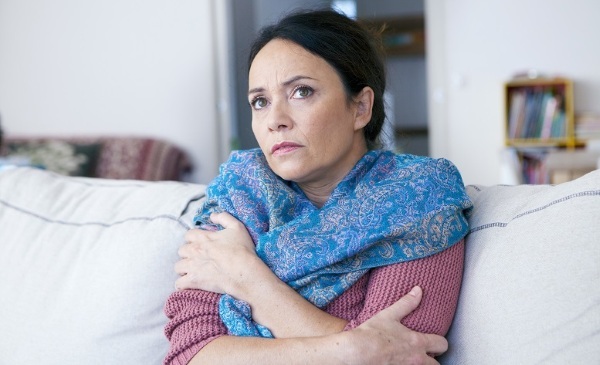
To clarify the diagnosis, a person may be referred for examination. It is imperative to donate blood and urine. Additional methods depend on the symptomatology. For example, if diabetes is suspected, a sugar test is prescribed.
The therapist can send the person for a consultation with an additional specialist. Their list depends on the cause of the appearance of heat and cold.
You may need to consult the following doctors:
- nutritionist - draws up a nutrition plan;
- endocrinologist - a specialist needs to be visited by people with endocrine pathologies and obesity (excess weight can be accompanied by diabetes, and the weight itself becomes the cause of a violation of hormone production);
- cardiologist - detection and treatment of cardiac pathologies;
- psychotherapist - treatment of mental disorders.
Treatment methods
Either hot or cold (symptoms in women may indicate menopause) - these are signs that can be treated when they appear. Most often, therapy is complex, that is, it simultaneously combines several methods. Medicines, herbal recipes and other methods are used as treatment.
If the symptoms go away on their own, there are no additional signs, therapy is not required.
Medications
Medicines can help alleviate a person's well-being and eliminate negative symptoms. Medication depends on the cause of the heat and cold. The table lists the most common factors and how they can be treated with medication.
| Name | Description |
| Menopause | To eliminate the negative symptoms of menopause, you can use the following drugs:
|
| Panic attacks | For treatment, the following drugs may be prescribed:
|
| Arterial hypertension | The following drugs are prescribed as therapy: 1. Angiotensin converting enzyme (ACE) inhibitors. The drugs reduce the load on the myocardium, pressure. The group includes Enap, Kapoten, Lisinopril. 2. Calcium channel blockers. Another name is calcium antagonists. The drugs reduce the resistance of the vascular walls, thereby lowering the pressure. The group includes Verapamil, Amlodipine, Isoptin. 3. Beta-blockers. The drugs reduce the heart rate and strength of the heart. The group includes Bisoprolol, Betalok, Concor. 4. Angiotensin II receptor inhibitors (sartans). Reduces vasospasm and pressure. The group includes Valz, Lozap, Lorista. 5. Diuretics Medicines remove excess fluid from the body, eliminate edema. The group includes Veroshpiron, Diuver, Hydrochlorothiazide. |
| ARVI | The following drugs are used for therapy:
|
Medicines must be prescribed by a specialist. The doctor takes into account the information specified in the instructions for each drug. Then the specialist decides on the appointment of the funds.
Folk methods
Folk remedies have a low likelihood of side effects due to the natural composition. For hot flashes, herbal recipes can be used.
Popular methods of alternative therapy:
- Hawthorn. For cooking, you need to take 5 g of flowers of a blood-red plant and 1 glass of hot water. Pour into a thermos, leave for 40 minutes. Take 0.5 cups 2 - 3 times a day. It is better to drink the solution in 30 minutes. before meals.
- Vegetable collection. To prepare the recipe, you need to take sage, valerian and horsetail in a ratio of 3: 1: 1. Next 1 tbsp. collection, mix with 1 glass of hot water. Leave for 30 minutes, filter through cheesecloth. Take 0.5 cups 2 times a day.
-
Linen. For cooking, you need 2 tablespoons. washed flax seeds and 200 ml of hot water. Boil over low heat for 15 minutes, wait until it cools, filter through cheesecloth. Take 50 ml 4 times a day. It is better to drink the solution in 30 minutes. before meals. The course is 14 days.

- Camomile tea. To prepare a recipe, you should take 1 tsp. flowers and 200 ml of hot water. Leave for 15 minutes, filter through cheesecloth. Drink the prepared amount at night.
Other methods
Either hot or cold (symptoms in women and men can be associated with panic attacks) are signs in which additional therapies are allowed. Details are shown in the table.
| Name | Description |
| Proper nutrition | The diet includes the following items:
|
| Physical activity | You should not overload the body. But to maintain the immune system, it is recommended to exercise in the morning. Additionally, you can choose your favorite activity - cycling, swimming, walking. |
| Elimination of bad habits | Smoking, drinking alcohol and drugs has a negative effect on the entire body. Therefore, it is recommended to give up bad habits. |
| Psychotherapy | The method of treatment allows you to cope with panic attacks. Psychotherapy is an impact on the human psyche. The following types of treatment are used to combat attacks:
|
| Physiotherapy | The impact on the body of artificially created or natural factors. The method of treatment activates metabolic processes, blood circulation throughout the body. Additionally, the therapy has an analgesic, anti-inflammatory, tonic effect. Types of physiotherapy:
|
Possible complications
That throws in the heat, then in the cold - symptoms in which there may be complications. This happens if the signs indicate a disease, and treatment is absent or started out of time. The pathology is developing, in the future it will take more time for therapy. The most serious complication is death.
Anyone can get fever and then cold. In women and men, these symptoms occur due to physiological or pathological reasons. If signs appear frequently, it is best to see a doctor. The specialist will conduct a survey, examination, send for diagnostics.
Passing the examination will allow you to clarify the causes of the onset of symptoms and prescribe therapy. As a treatment, drugs, folk remedies and other methods are used. The most important thing is to reduce the likelihood of complications. To do this, you must follow the doctor's recommendations.
Video about the causes of the cold
3 tests for those who are always cold:

